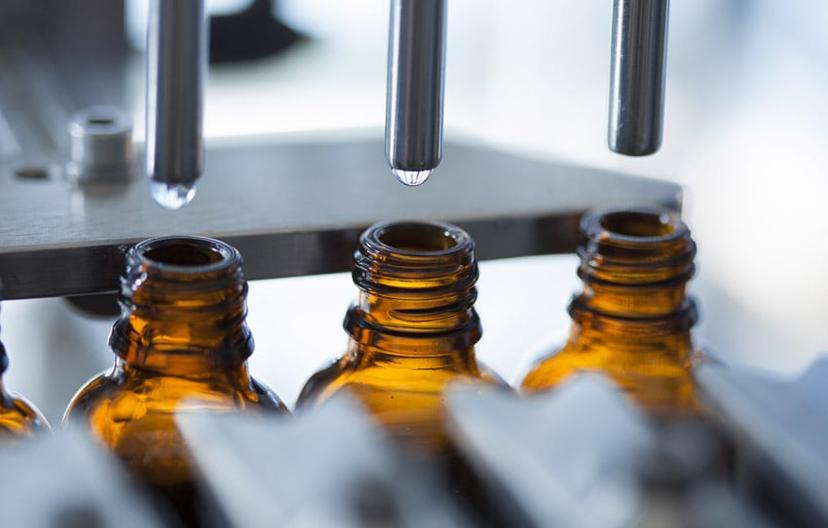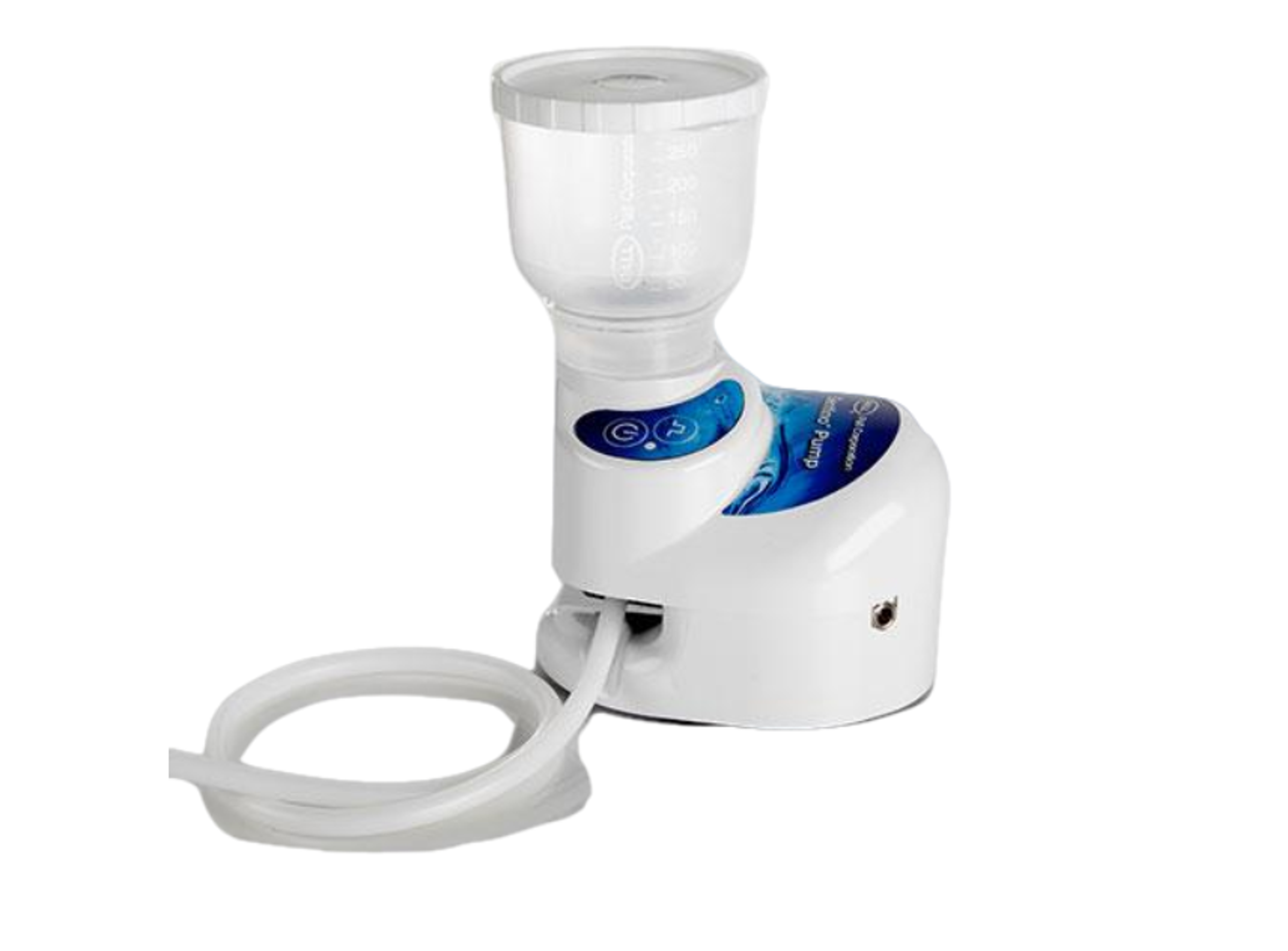Improving Microbiology Quality Control in the Pharmaceutical Industry
Learn how to reduce contamination risk during bioburden testing
29 Feb 2016

SelectScience® takes a look at the technology reducing microbial contamination risk in the pharmaceutical industry
The biggest challenge for quality control in the pharmaceutical industry is reducing the risk of contamination. SelectScience® interviewed Tricia Vail, Global Product Manager for Microbiology at Pall Laboratory about this challenge and how new solutions are helping to reduce risk and advance this field.
Quality by Design
“The pharmaceutical industry has been implementing Quality by Design (QbD) for several years”, explained Tricia, a concept which is also applied to the Quality departments. The main focus of these departments is to reduce risk by “looking at new and better technologies or a different way to execute a quality test”.
Tricia, whose role involves educating the pharmaceutical industry on Sterility Testing at the Parenteral Drug Association Training & Research Institute, continued, “the biggest challenge with pharmaceutical quality control is reducing the risk of contamination, whether it is environmental or human”, explaining that the “number one cause for out of specification (OOS) test results is an error by the laboratory analyst.” Unfortunately, this is not unexpected or completely avoidable; “the more that the sample is exposed to the environment or humans, the more likely that an OOS will occur”. The risk based QbD approach therefore looks for products and technologies that minimize the amount of human interaction or environmental exposure.

Tricia Vail, Global Product Manager for Microbiology, has 14 years of experience in Microbiology. After spending 9 years in a mix of Pharmaceutical, Contract Manufacturing and RadioPharmaceutical, she moved onto the vendor side of QC Microbiology. As a member of the Pall team, she is continuing her work with the PDA Training Facility as a facility member in the Aseptic Training program, Vice-Chair of the PDA Letter Editorial Committee, ASTM & ANSI on Drinking Water Standards and several ISO committees focused on creation of International Drinking Water Standards.
Reducing sample exposure – bioburden testing
One of the most critical tests performed in QC Microbiology laboratories is the bioburden test – used to “determine the health of the critical water system and to see the biological load on the manufacturing sterilizing grade filters.” Tricia, who also works with the International Organization for Standardization (ISO) on creating or revising global microbiology standards, described the process; “Traditionally, samples are taken after a flush of the water system and collected inside of a sterile flask. The sample locations range from within clean rooms to the boiler room. This sterile flask filled with the sample is then transferred to the QC Micro laboratory for testing. The flask and the filtration devices are transferred into a biological safety cabinet (BSC) or laminar flow hood (LFH) after being disinfected. Then the sample is taken from the flask and vacuum filtered through a membrane which is then placed on an agar surface.”
During this traditional process the sample has been exposed to the environment and manipulated by the analyst a total of five times.
Sterile flask is removed from packaging
Sample is collected in a sterile flask
Flask is transferred to the QC Micro Lab and disinfected for testing
Flask is opened and sample is poured on a membrane for filtration
Membrane filter is transferred onto an agar surface for incubation
Products that can reduce sample exposure at any of these steps are therefore of interest to the QC Microbiology laboratory. For example, MicroFunnel™ Plus Filter Funnels from Pall Laboratories offer a unique solution to reduce contamination during this process as the sample is both collected and filtered in the same device. “With the availability of Pall’s GN-6 Metricel® membrane or Supor® membrane, any sample type can be collected and filtered with the same device regardless of chemical compatibility challenges or thermodynamic challenges”, commented Tricia.
Furthermore, Pall’s battery operated Sentino® Microbiology Pump can be brought to the sampling location so that the sample can be filtered immediately after collection and membrane transferred to an agar surface, further reducing the risk of environmental or analyst contamination. Tricia explained that by using “the combination of the MicroFunnel Plus Filter Funnels and the Sentino Microbiology Pump, the number of exposures to environmental or analyst contamination is down to three”, which in turn will reduce “potential of OOS investigations”.
Looking to the future of pharma QC
“For the future of pharmaceutical quality control, I see automation becoming more prevalent in the industry in the effort to eliminate the risk of analyst contamination, which is the number one root cause of any OOS.” Tricia also highlights the need to identify microbial contamination faster; “right now, there are no products available which can accurately give the number of microorganisms in a sample without having to do some form of incubation.” However, “current molecular technologies are not ideal as the sample and any microorganisms are destroyed and not available for OOS identification.”
Tricia concludes that, “combining automation with easy to use and easy to identify methods is the ultimate goal of the QC pharmaceutical microbiology laboratories.”
Image: planar/Shutterstock


